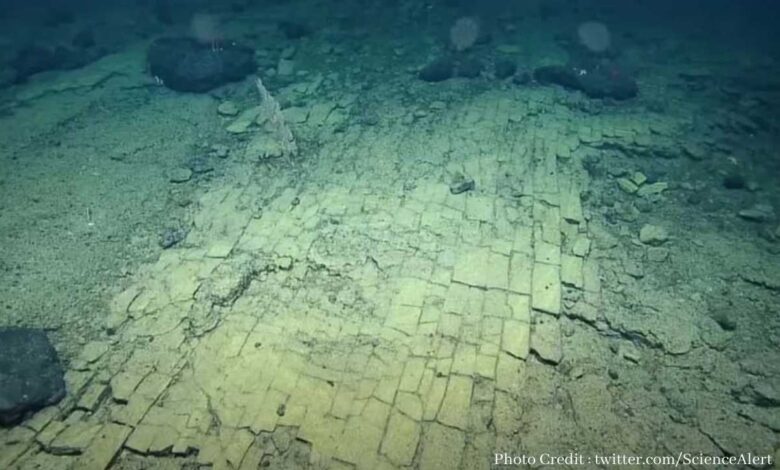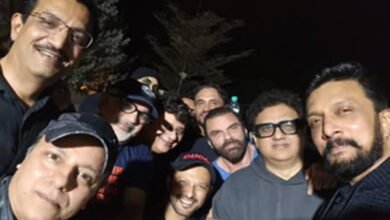Strange: So there is a road under the Pacific Ocean, a picture revealed in a recent survey

Seeing this unique sight, the researchers could not believe their eyes, but this road was actually not a road but an ancient lake that had dried up.
In an expedition, scientists have spotted a yellow brick road in the deep sea just north of the Hawaiian Islands. Seeing this unique sight, the researchers could not believe their eyes, but this road was actually not a road but an ancient lake that had dried up. This astonishing sight was witnessed by the Exploration Vessel Nautical, currently surveying the ridge of Lilisuokla at Papahanumokuakea Marine National Monument (PMNM).
According to the information, Papahanumokuakea Marine National Monument is one of the largest surveyed areas in the world. It is so big that even if all the national parks in America are put together, it will still be the largest. But so far only 3 percent of this sea level has been discovered. Researchers from the Ocean Exploration Trust provide live footage here daily. He recently posted a video on YouTube that captured the moment researchers were exploring the ocean in a deep-sea vehicle and saw a yellow road.
Some said there was a road to Atlantis, some said it was a brick road. Despite being thousands of kilometers below sea level, the lake discovered by the researchers looks surprisingly dry. The team said the ground looks like a cooked crust that can be peeled off. Brick is visible in the picture. At first glance, a wonderful world is the way to go.
The Nautilus takes us on a journey through parts of our planet we’ve never seen before, and the sight of this yellow road is just a sign that we’re headed in the right direction. Plus we’ll soon learn a lot more about the hidden geology of the Earth. Researchers affiliated with the Ocean Exploration Trust are said to be continuing to explore the surface. Mostly he shares videos related to this on YouTube, which he captures during his survey.
(function (d, s, id) {
var js, fjs = d.getElementsByTagName(s)[0];
if (d.getElementById(id))
return;
js = d.createElement(s);
js.id = id;
js.src=”https://connect.facebook.net/en_GB/sdk.js#xfbml=1&version=v3.2″;
fjs.parentNode.insertBefore(js, fjs);
}(document, ‘script’, ‘facebook-jssdk’));





